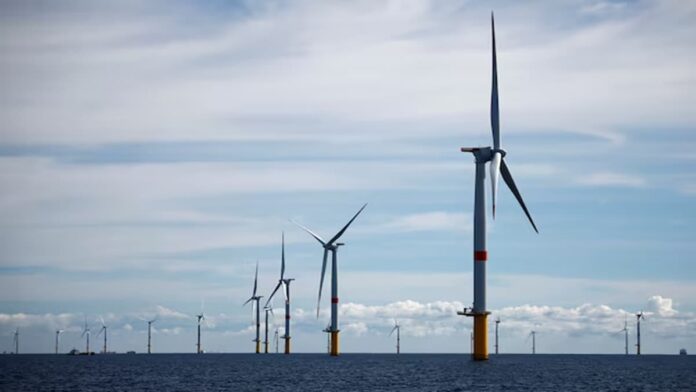India’s annual capacity addition of wind power is expected to more than double to 7.1 gigawatt (GW) on average in the next two financial years, compared with 3.4 GW during the 2023-2025 period, driven by government measures to ramp up the pace, according to Crisil Ratings. The expected capacity addition will take the installed wind capacity up to 63 GW by FY27.
The capacity addition over FY23-25 continued to remain tepid in the range of 6-7 GW on account of fewer successful auctions of wind capacities. “These were largely due to lower interest from developers on account of low tariffs that dampened returns for developers along with issues in terms of availability of land and transmission infrastructure at sites with high wind potential,” analysts at Crisil said.
ALSO READIs DBS Group really cutting down 4,000 jobs over the next three years?
However, analysts believe that the government’s push towards the auctions of hybrid renewable projects as well as an emerging favourable cost regime for wind projects are expected to drive capacity additions over the coming two financial years.
In addition to the steady auction pace of standalone wind projects, auctions of hybrid renewable energy projects have also increased. As per the agency, around 30–50% of the capacities of such hybrid projects are expected to be wind power as these generate electricity during peak load times, unlike solar power, which generates mostly during daytime.
“We have over 30 GW of hybrid projects in the pipeline which are expected to be commissioned within the next 2-4 years and would contribute to the expected step-up in wind capacity additions,” Ankit Hakhu, director, Crisil Ratings, said. “Traction in signing power purchase agreements (PPAs) is also visible, with more than 60% of such projects auctioned till March 2024 having their PPAs signed by January 2025.”
Moreover, a favourable movement in tariff and project cost is further likely to support wind capacity additions.
As per analysts, prices of raw materials such as steel and cement, which form over two-thirds of the project cost, have been stable or have reduced from the highs seen in FY22 and FY23, while tariffs have moved to over Rs 3 per unit providing a reasonable internal rate of return of 10-15% for the developers to implement such capacities.
However,
» Read More


